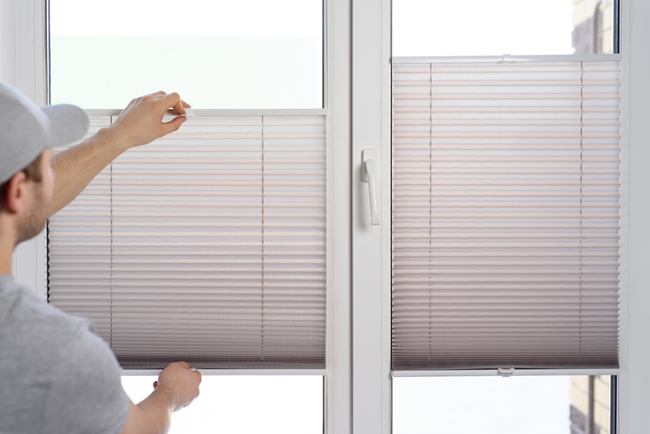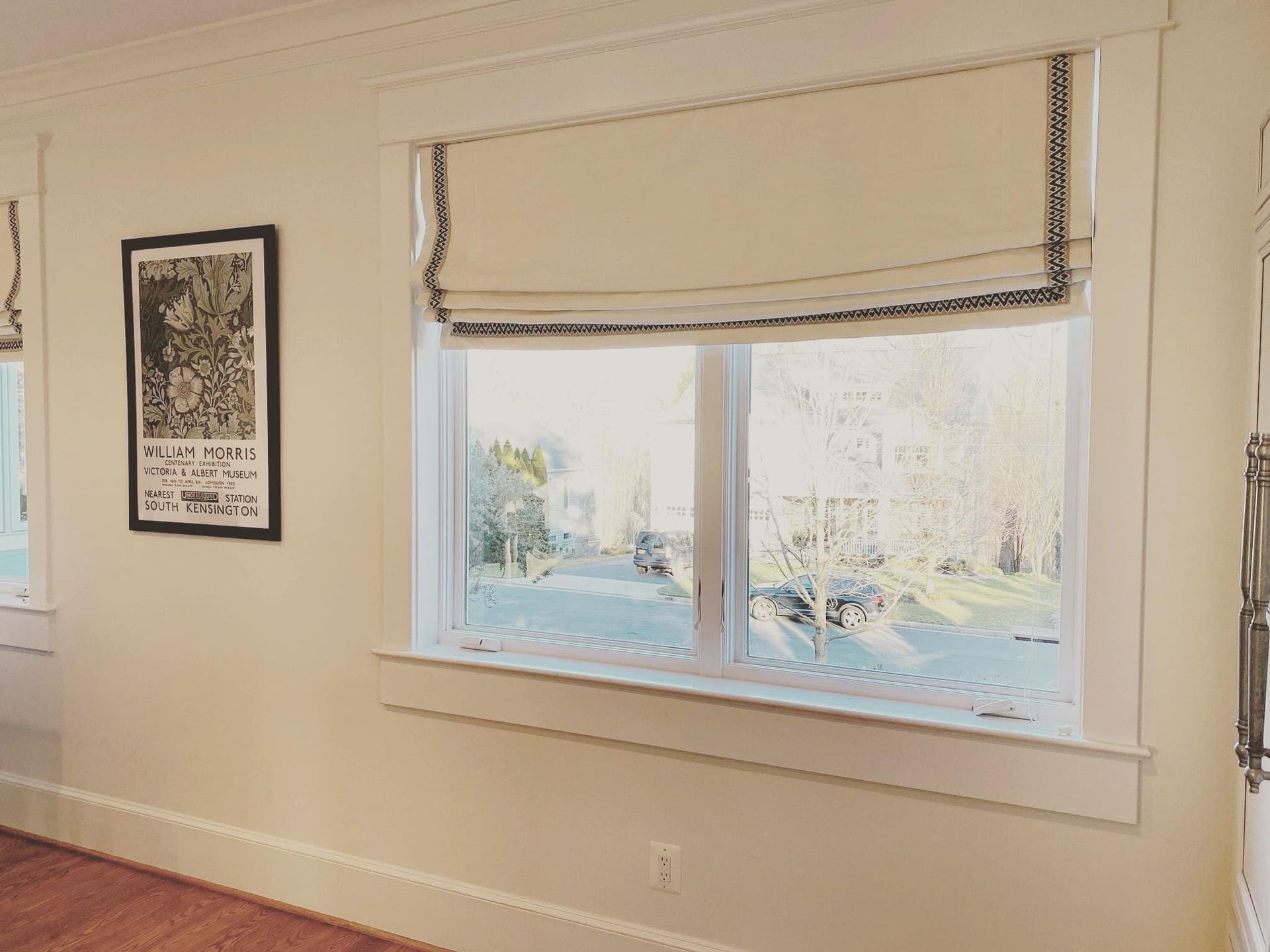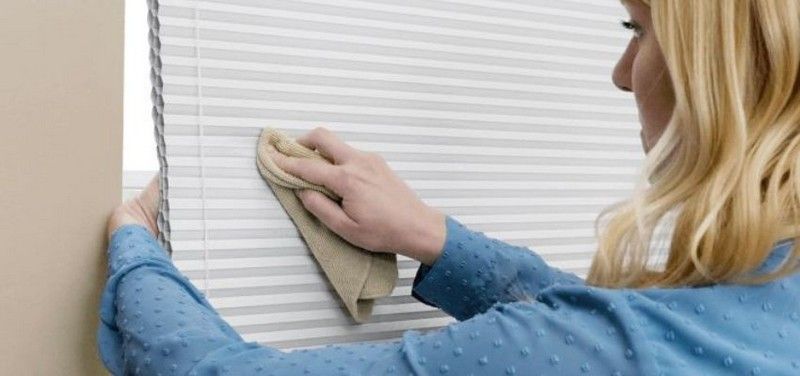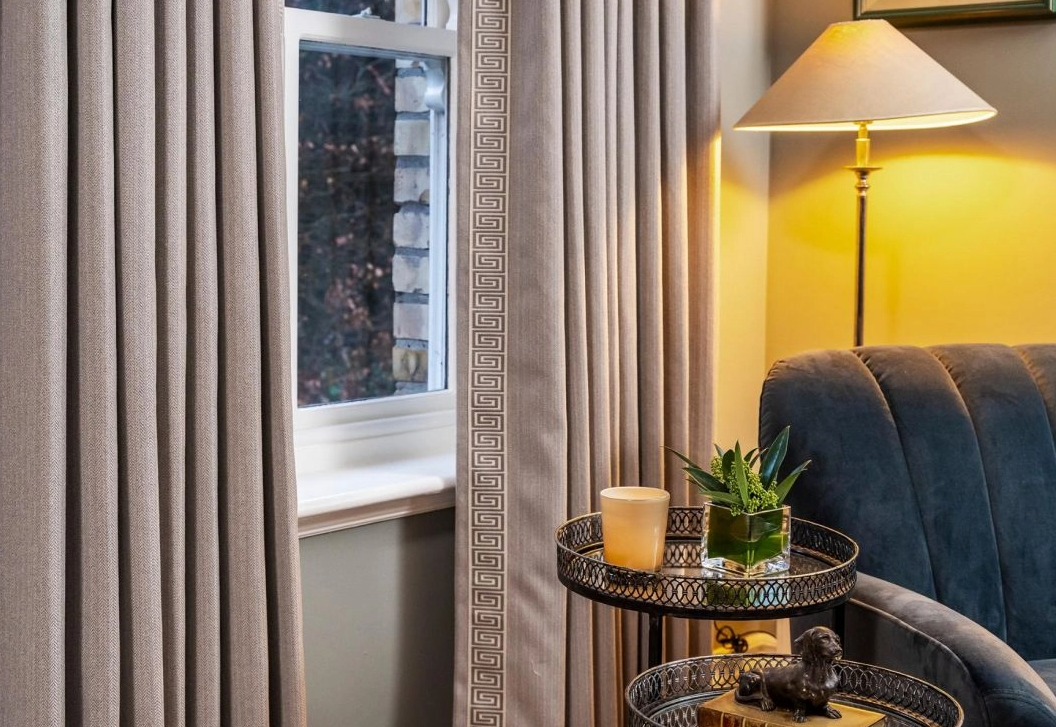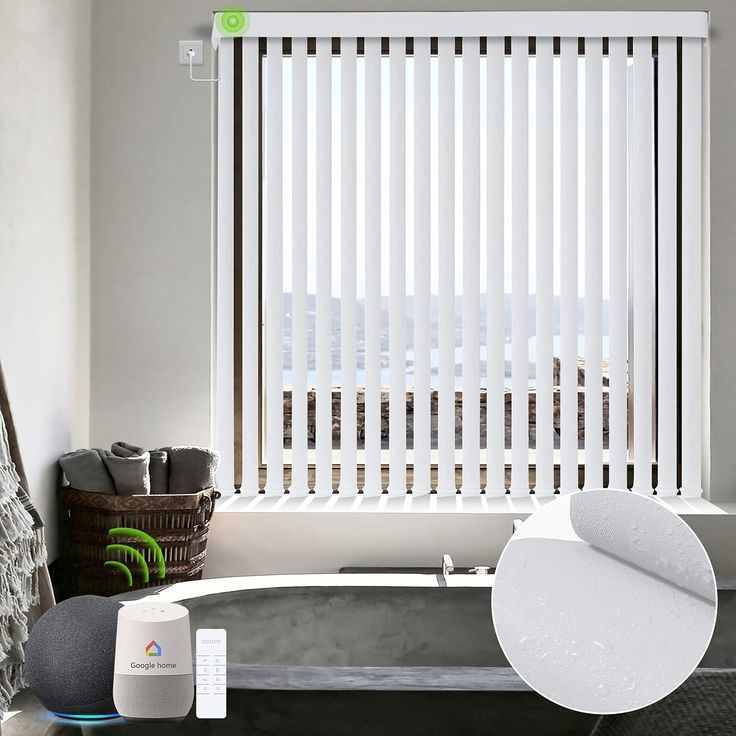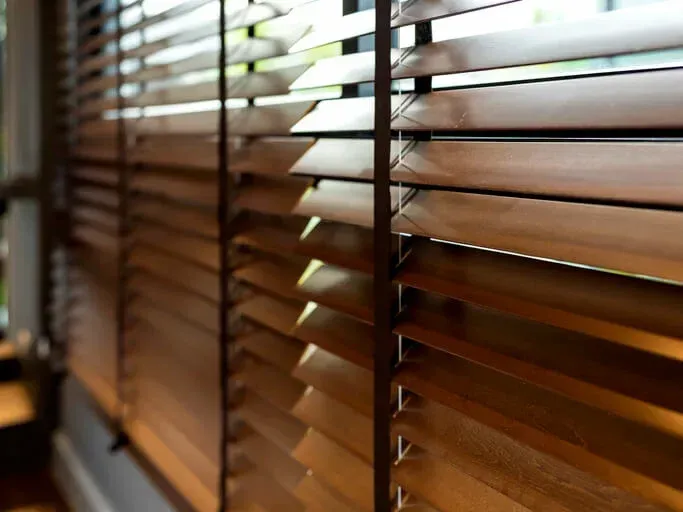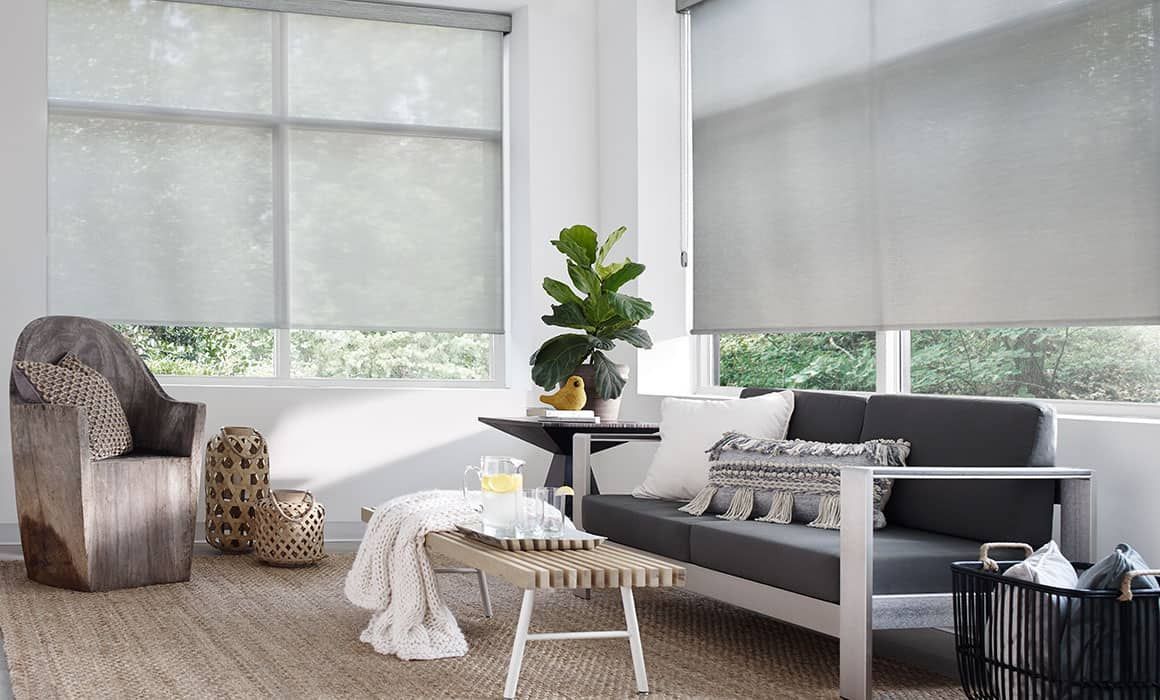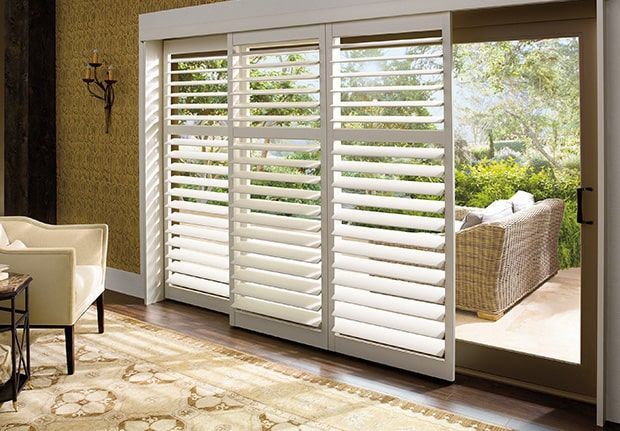Roman Shades vs Cellular Shades: Which Is Better?
TLDR;
Cellular shades are better for energy efficiency, insulation, and sound control. Roman shades win when it comes to style, elegance, and decorative variety. The right choice depends on your priorities—function or fashion.
Window Covering Showdown: Roman Shades vs Cellular Shades
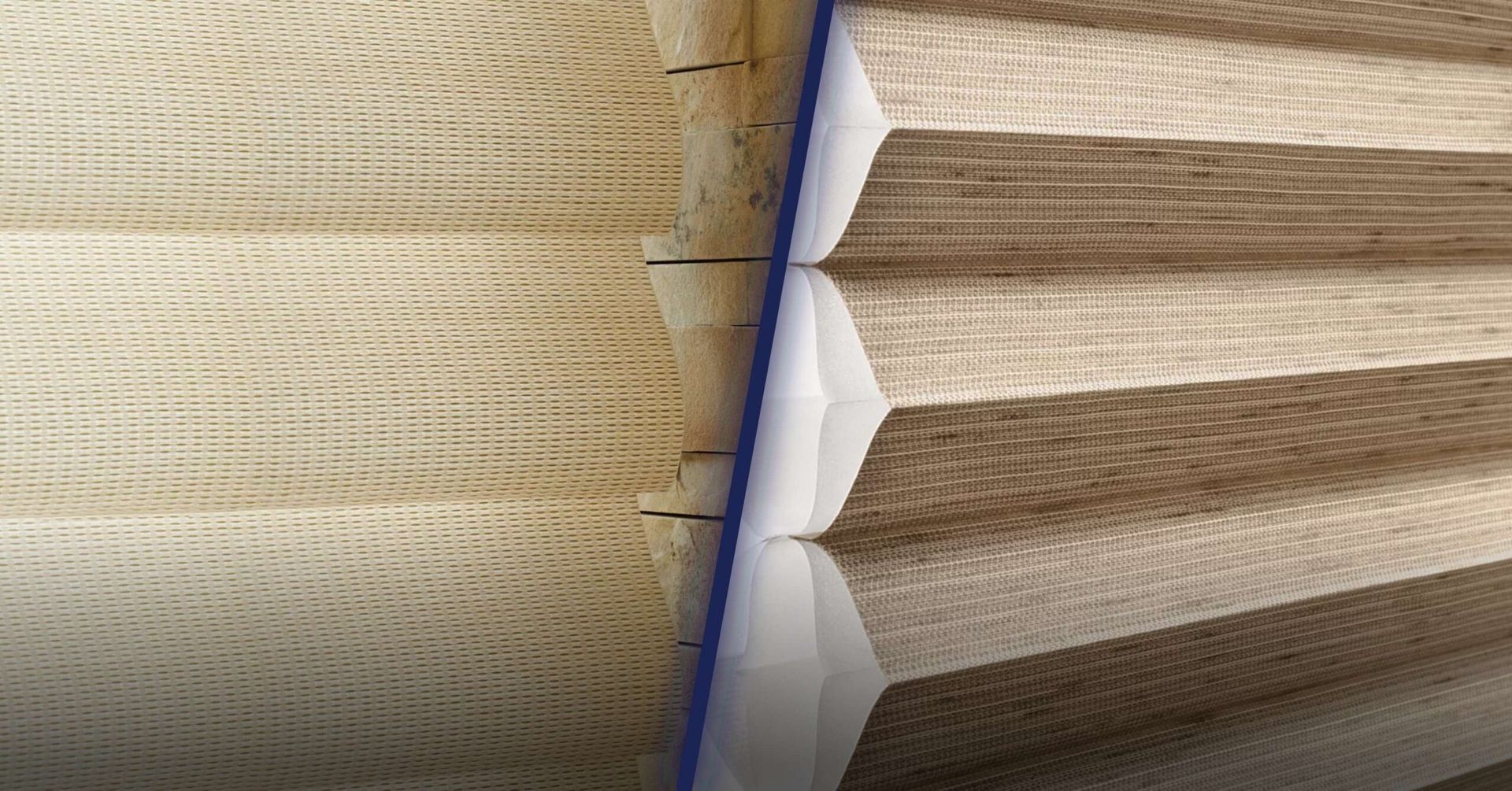
Choosing between Roman shades and cellular shades boils down to what you value more—insulation or aesthetics. At Love Is Blinds NC, we help homeowners and designers make confident choices, and this guide gives you the full picture.
Both are popular window treatments, but they solve different problems. One is sleek and energy-saving, the other soft and sophisticated. If you’re exploring what’s trending in home design this year, these two options are front and center in 2025 Window Treatment Trends.
Here’s a comprehensive breakdown to help you pick the perfect match for your space.
What Are Roman Shades?
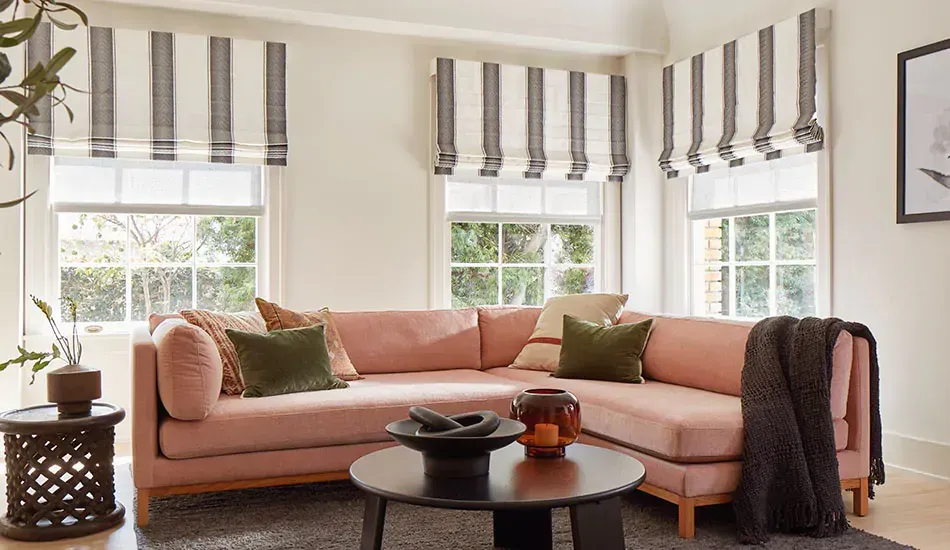
Roman shades, also called Roman blinds, are fabric window treatments that fold up neatly when raised. They create a soft, tailored look and can instantly elevate the feel of any room.
How They Work:
- Fabric folds into pleats when raised
- Operated by cord, chain, or motor
- Available in different styles and linings
Popular Design Styles:
- Flat Roman Shades – sleek and clean
- Hobbled Roman Shades – cascading folds
- Relaxed Roman Shades – casual, curved bottom
- Balloon Shades – voluminous, decorative
Best For:
- Living rooms and dining rooms
- Traditional or classic interiors
- Spaces where
style and softness matter most
Pros:
- Wide range of
fabric and color options
- Great for
decor layering with curtains
- Offers
light control and privacy with lining choices
- More budget-friendly than cellular shades
Cons:
- Less energy-efficient
- Can be harder to clean
- Fabric may fade over time in direct sunlight
- May wear out quicker in high-traffic use
What Are Cellular Shades?

Cellular shades—also known as honeycomb shades—are known for their unique air-trapping structure. They're built for performance and offer powerful insulation.
How They Work:
- Made from
pleated fabric that forms honeycomb cells
- These
cells trap air, creating a barrier between the window and room
- Operated via cord, cordless, or motorized mechanisms
Variations:
- Single-cell vs double-cell structures
- Top-down/bottom-up options
- Light-filtering or blackout
Best For:
- Bedrooms and offices
- Energy-conscious homes
- Modern or minimalist decor
Pros:
- Superior insulation and energy efficiency
- Helps
reduce noise from outside
- UV protection for interiors
- Low maintenance, easy to clean
- Motorization and smart home compatible
Cons:
- More expensive upfront
- Less decorative than Roman shades
- Can appear bulky when fully raised
Roman vs Cellular Shades Comparison Chart
| Feature | Roman Shades | Cellular Shades |
|---|---|---|
| Style | Classic, elegant | Modern, minimalist |
| Insulation | Low | High (thermal pockets) |
| Light Control | Lined options for filtering/blackout | Excellent with various opacities |
| Energy Efficiency | Minimal | High (can lower energy bills) |
| Maintenance | Needs careful cleaning | Easy to clean |
| Price Range | Mid to low | Mid to high |
| Smart Integration | Limited | Widely available |
| Durability | Moderate | High |
| Best For | Style-forward spaces | Function-focused rooms |
Which Shades Are Better for Insulation?
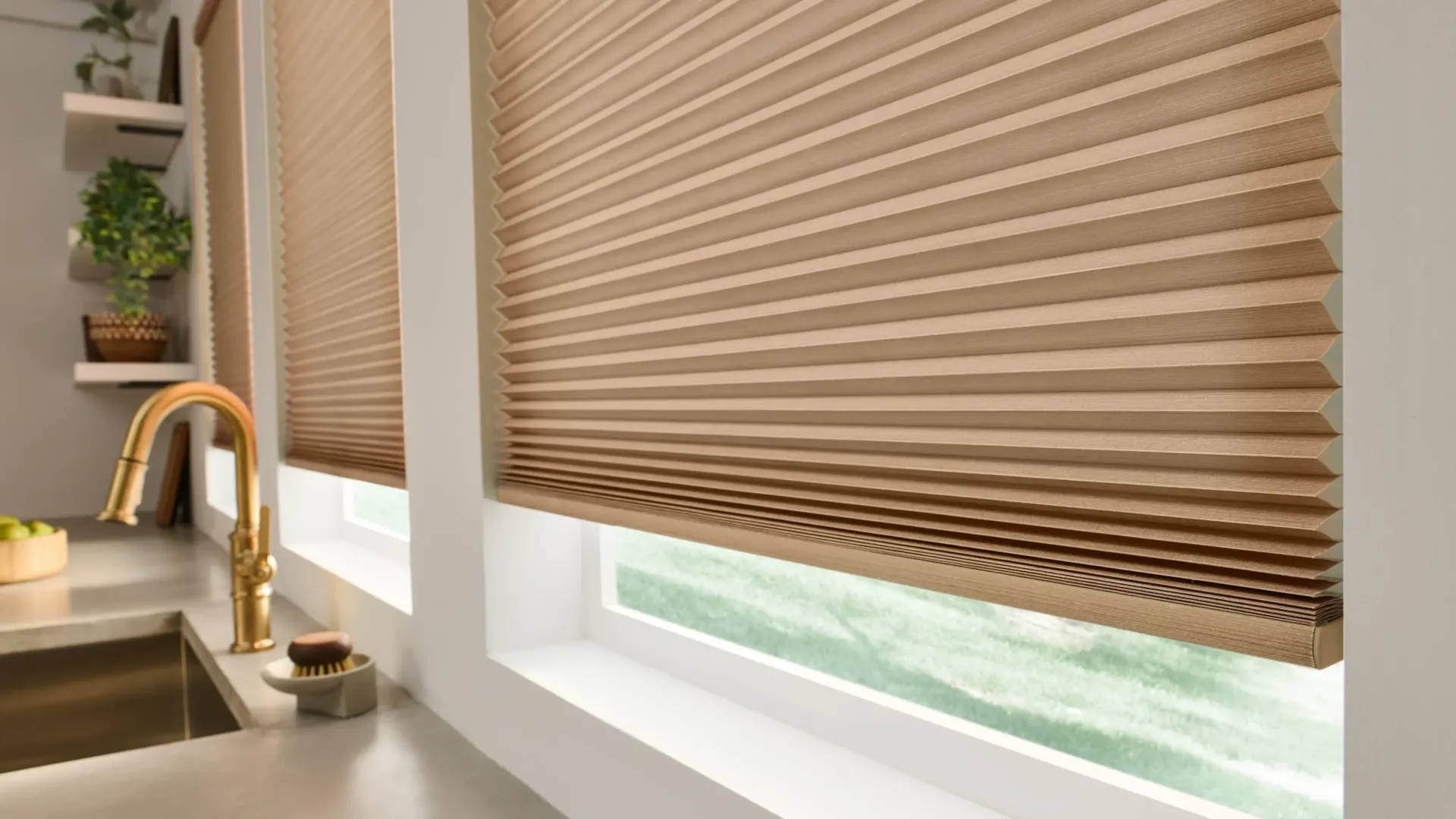
If you live in a region with hot summers or cold winters, cellular shades are the better option.
Why?
- The
honeycomb structure traps air, improving insulation
- Reduces
heat loss in winter and
heat gain in summer
- Can improve window insulation R-values by up to 3-5
Bonus:
- Double-cell designs offer the highest insulation
- Blackout cellular shades add even more energy control
Roman Shades?
They provide minimal insulation unless paired with:
- Heavy blackout linings
- Thermal curtain panels
Still, they won’t match cellular performance.
Stylish Window Coverings: Which One Looks Better?
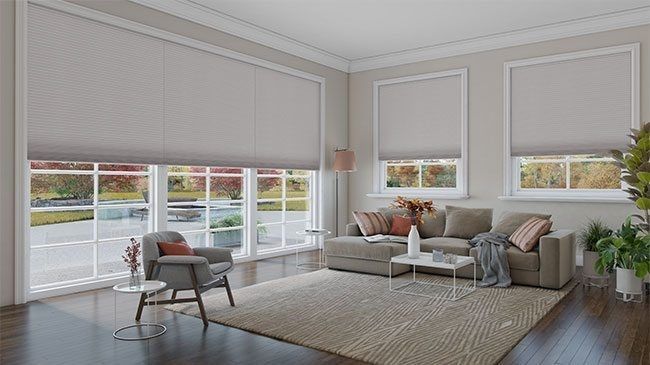
When it comes to style and texture, Roman shades win.
Roman Shade Aesthetic:
- Luxurious and elegant
- Easily matches
classic or transitional decor
- Works well with drapery for a layered look
Cellular Shade Aesthetic:
- Clean and crisp
- Ideal for
modern and minimal interiors
- Offers a
neat stack and stays discreet
Choose based on your design goals. For softness and charm, go Roman. For sleek and simple, go cellular.
Are Roman Shades More Affordable Than Cellular?
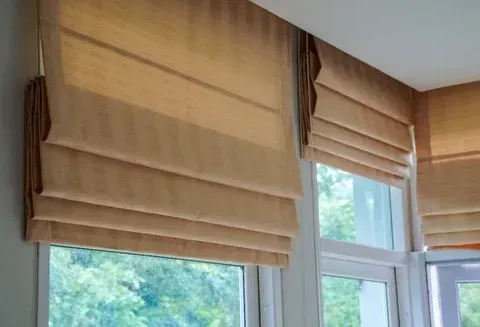
In most cases—yes.
Cost Breakdown:
- Roman shades start at a lower price point
- Custom cellular shades (especially motorized or double-cell) cost more
Think Long-Term:
- Cellular shades may pay off via energy savings
- Roman shades might require
more frequent replacements
Choose Roman for short-term savings and style. Go with cellular for energy savings and durability.
Smart Home Integration: Which Shade Works Best?
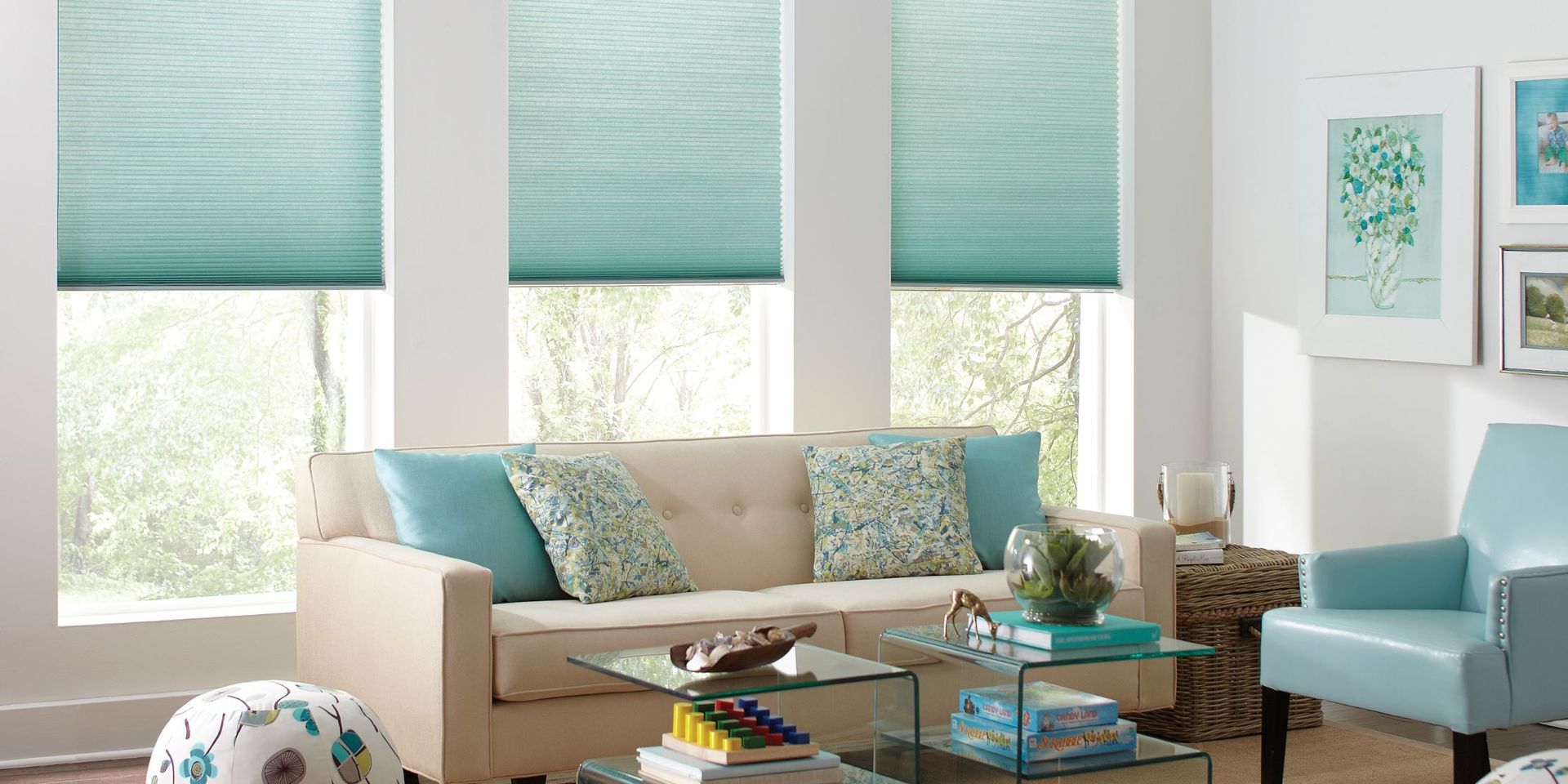
In today's homes, smart automation is key. Cellular shades have the edge here.
Cellular Shade Smart Features:
- Available in
motorized, app-controlled, or voice-activated systems
- Integrates with
Alexa, Google Home, and smart hubs
- Perfect for
hard-to-reach windows
Roman Shade Limitations:
- Motorization is possible, but not as widely supported
- Fewer options for
smart compatibility
If you're building a smart home, cellular shades are the smarter fit.
What Works Best Where?
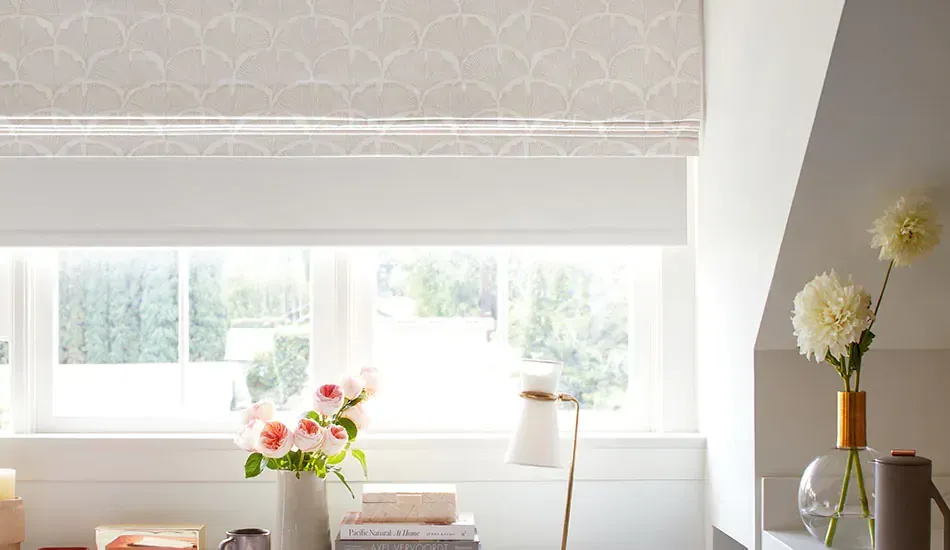
Different rooms need different functions.
Bedroom:
- Cellular blackout shades provide privacy and sound insulation
- Keeps room cooler and darker
Living Room:
- Roman shades add warmth and texture
- Ideal for showcasing your personal style
Office:
- Cellular shades keep the room
quiet and well-lit
- Ideal for video calls and productivity
Coastal or Humid Areas:
- Cellular shades with
moisture-resistant materials work best
- Roman shades may suffer from
fabric mildew if untreated
How to Clean Roman and Cellular Shades

Roman Shades:
- Vacuum with a brush attachment
- Spot clean with mild soap
- Professional cleaning may be needed for delicate fabrics
Cellular Shades:
- Dust or vacuum regularly
- For deep cleaning, use
compressed air or light damp cloth
- Avoid heavy moisture inside the cells
Tip:
- Cellular shades are
easier to keep dust-free
- Ideal for
allergy-sensitive households
Long-Term Value: Which Gives Better Return?
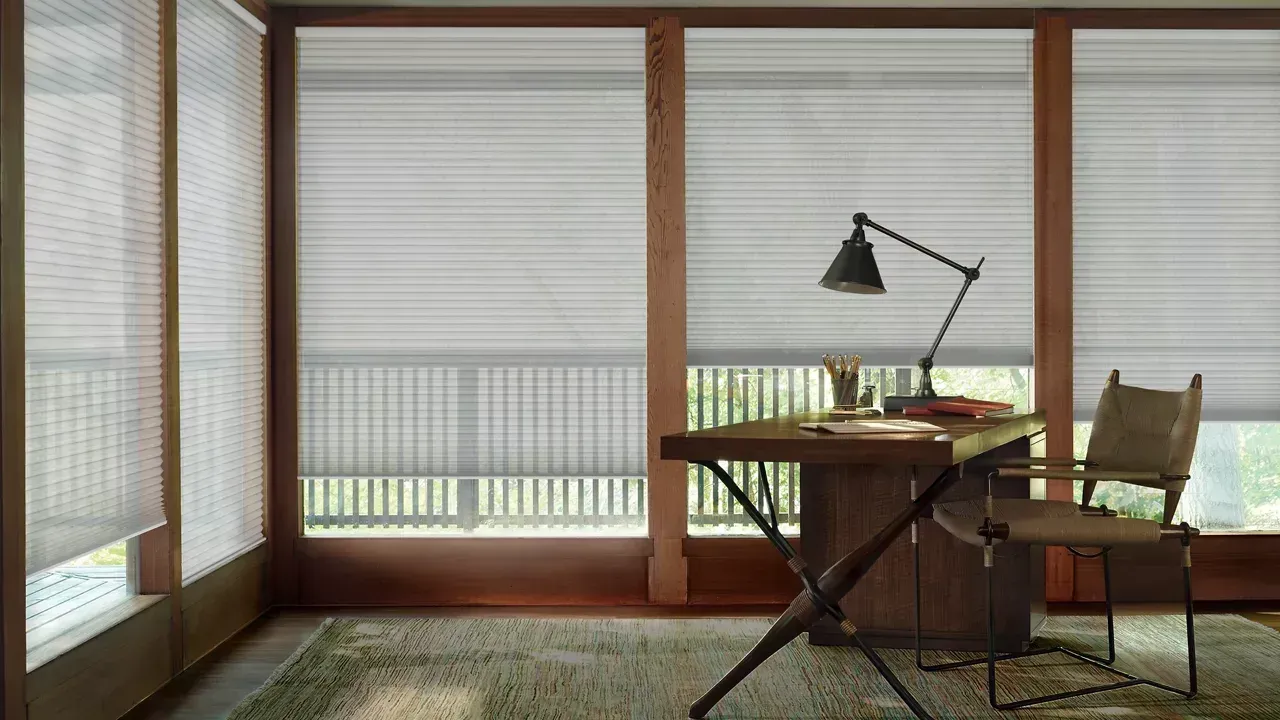
Consider how long your shades will last and how much you’ll spend maintaining them.
Cellular Shades:
- Higher upfront cost
- Lasts 10+ years with minimal upkeep
- Saves on
energy bills over time
Roman Shades:
- More
frequent cleaning and repairs
- May fade or wrinkle if not lined or maintained
If you’re investing for the future,
cellular shades deliver more value over time.
Which Shades Are Better for Different Needs?
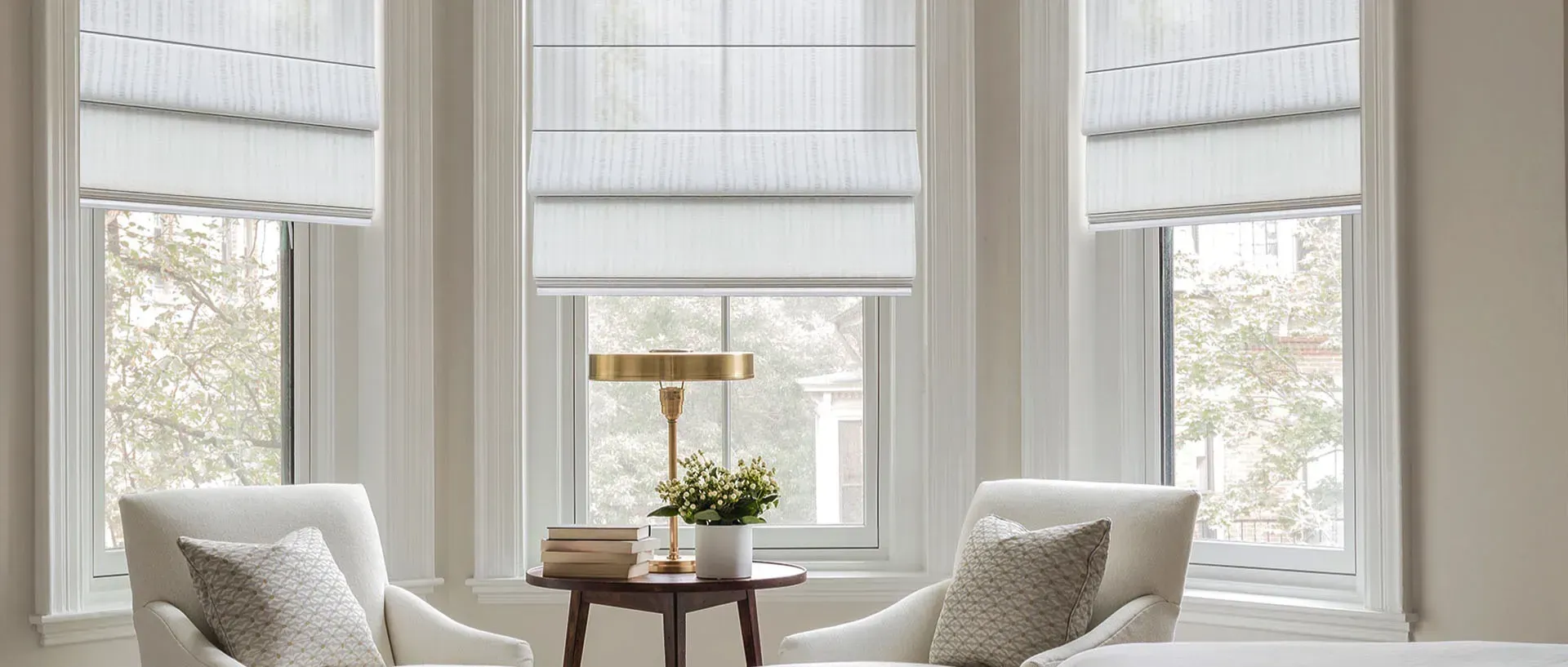
Here's a quick rundown:
- For energy savings: Choose cellular
- For decorative looks: Choose Roman
- For smart homes: Cellular is the better fit
- For traditional charm: Roman wins
- For child-safe, cordless design: Both are available—just check safety ratings
Which Should You Choose?

The choice depends on your goals, lifestyle, and space needs.
Choose Cellular Shades if:
- You want to save on heating and cooling bills
- You need quiet, private spaces
- You love smart home tech
Choose Roman Shades if:
- You want to enhance your interior design
- You value elegance over insulation
- You're working with a tighter budget
Still unsure?
Love Is Blinds NC can help you choose the perfect shades based on your home, taste, and budget.
Frequently Asked Questions
Are cellular shades better for cold climates?
Yes. Their honeycomb design helps trap warm air inside, improving insulation.
Can I install Roman shades myself?
Most come with DIY hardware. However, for a perfect fit, professional installation is recommended.
Do these shades provide blackout options?
Both types offer blackout fabrics—great for bedrooms and media rooms.
Which window treatments are pet-friendly?
Cordless cellular shades are safer for pets. Roman shades can be pet-friendly with proper hardware.


